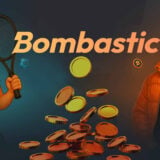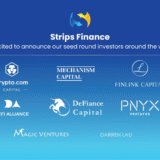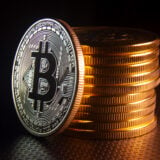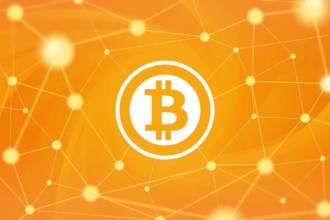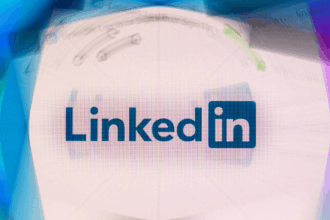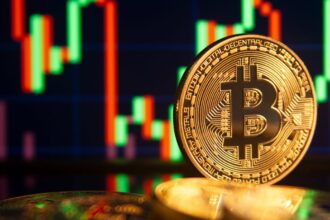In this article, I will talk about the Best Web3 Play-To-Earn Game Design Careers, which intertwine imagination, the latest blockchain trends, and the gaming industry.
- Key Points & Best Web3 Play-To-Earn Game Design Careers List
- 10 Best Web3 Play-To-Earn Game Design Careers
- 1.Blockchain Game Designer
- 2.Tokenomics Designer
- 3.NFT Asset Designer
- 4.Metaverse Experience Designer
- 5.Game Economy Analyst
- 6.Smart Contract Developer (Game-Focused)
- 7.UX/UI Designer for Web3 Games
- 8.Virtual Real Estate Designer
- 9.Community & Guild Manager
- 10.Game Narrative Writer (Web3)
- Conclsuion
- FAQ
From creating metaverse immersive experiences to developing efficient economies within games
These careers not only empower professionals to influence the evolution of gaming but also empower gamers to earn tangible rewards in decentralized ecosystems through blockchain technology.
Key Points & Best Web3 Play-To-Earn Game Design Careers List
| Career Role | Key Points |
|---|---|
| Blockchain Game Designer | Designs core gameplay integrated with blockchain mechanics such as NFTs, tokens, and decentralized economies. |
| Tokenomics Designer | Creates sustainable in-game token models balancing rewards, scarcity, and inflation control. |
| NFT Asset Designer | Develops unique NFT-based items, characters, and skins with real-world value and rarity tiers. |
| Metaverse Experience Designer | Builds immersive virtual worlds with interactive social, economic, and gaming elements. |
| Game Economy Analyst | Analyzes player behavior, market trends, and economic health to keep in-game economies stable. |
| Smart Contract Developer (Game-Focused) | Writes secure blockchain smart contracts for gameplay, NFT minting, and P2E reward systems. |
| UX/UI Designer for Web3 Games | Designs user-friendly interfaces for wallets, marketplaces, and gameplay navigation. |
| Virtual Real Estate Designer | Creates and manages in-game land systems, ownership rules, and monetization strategies. |
| Community & Guild Manager | Manages in-game guilds, tournaments, and community engagement for player retention. |
| Game Narrative Writer (Web3) | Writes immersive storylines and quests that integrate blockchain-based rewards. |
10 Best Web3 Play-To-Earn Game Design Careers
1.Blockchain Game Designer
The responsibilities of a Blockchain Game Designer involves devising captivating game mechanics that utilize blockchain technology, NFTs, tokens, and decentralized ownership.
They evolve traditional game design techniques to incorporate Web3 principles and enable true ownership, play-to-earn models, and seamless player transactions.
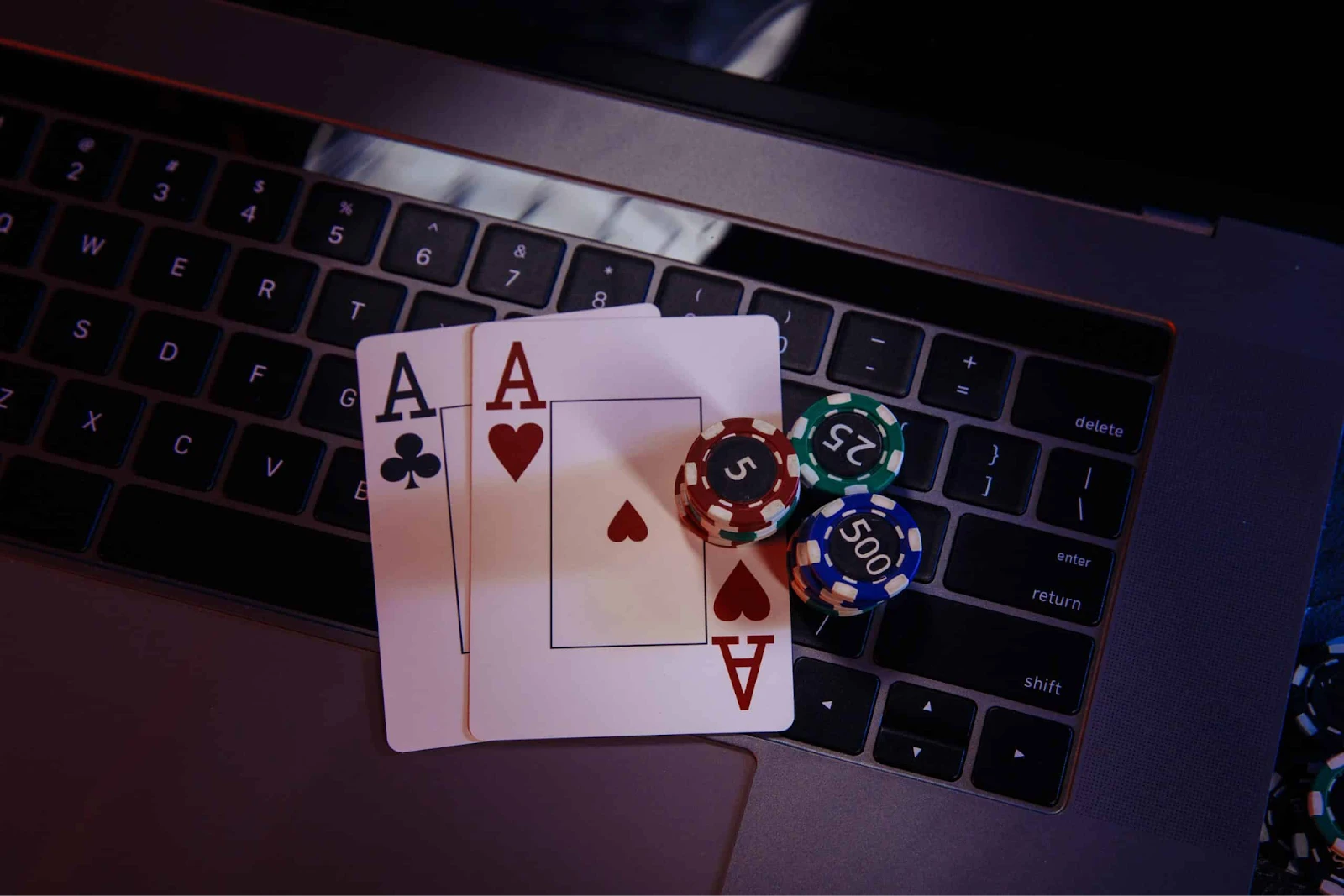
They maintain complex collaboration traits with developers, artists, and blockchain economists to ensure fun and balanced experiences while preserving seamless blockchain functionality. They also maintain casual and crypto-savvy user balance for long-term retention and a sustainable player economy.
| Feature | Description |
|---|---|
| Core Role | Designs gameplay integrated with blockchain elements like NFTs, tokens, and decentralized economies. |
| Creativity Level | High – blends traditional game design with Web3 mechanics. |
| Technical Skills | Understanding of blockchain basics, NFT mechanics, and game engines like Unity/Unreal. |
| Collaboration | Works with developers, artists, and tokenomics experts. |
| Goal | Create engaging, sustainable, and blockchain-powered gaming experiences. |
2.Tokenomics Designer
A tokenomics designer builds the economic model of a play to earn game, focusing on the creation, distribution, and burning of in-game tokens to control value and inflation.
They balance the creation of value with inflation, supply design, governance, and the game economy’s future for the designed in-game tokens.
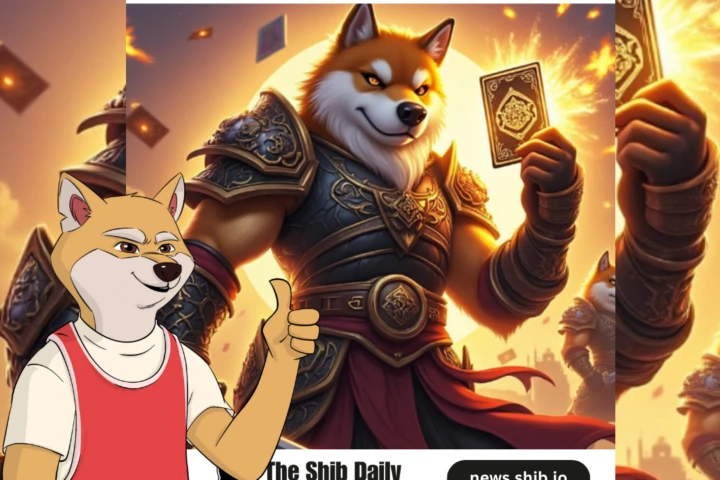
Design governance systems, supply-based market control, and long-term sustainable economy features, mix blockchain, economics, and dopamine to design tokenomics. Design monetization and gameplay with developers, analysts, and marketing.
| Feature | Description |
|---|---|
| Core Role | Designs the economic model of the game, focusing on token utility and sustainability. |
| Creativity Level | Medium – economic creativity and strategic thinking required. |
| Technical Skills | Economics, blockchain token standards, DeFi principles. |
| Collaboration | Works with game designers, analysts, and smart contract developers. |
| Goal | Maintain a balanced in-game economy that motivates players. |
3.NFT Asset Designer
As creators of NFTs, NFT Asset Designers develop diverse digital assets for virtual games including characters, skins, weapons, and collectibles, all of which are secured on a blockchain and possess real ownership and tradability.
NFT Asset Designers are responsible for the art style as well as the rarity patterns to increase desirability and value. This position also requires some input from the smart contract developers to verify the proper functionality of the NFTs in-game.
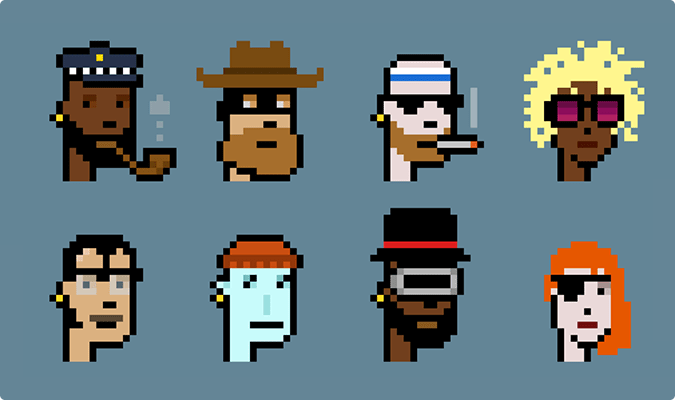
A successful NFT asset designer integrates creativity and market knowledge in a way that impresses players, retains value, and improves the game as a whole.
| Feature | Description |
|---|---|
| Core Role | Creates NFT-based game assets like characters, weapons, and skins. |
| Creativity Level | Very High – artistic and visual creativity is central. |
| Technical Skills | 3D/2D design tools, NFT minting, rarity planning. |
| Collaboration | Works with developers and blockchain engineers. |
| Goal | Produce visually appealing, rare, and valuable game assets. |
4.Metaverse Experience Designer
Metaverse Experience Designers create comprehensive and captivating virtual worlds that players can traverse, as well as trade assets and engage in social interactions. They incorporate all aspects of story, space, and gamification to create some of the most dynamic experiences.
In a Web3 play-to-earn setup, they design the economic model, apply NFT assets, and ensure smooth transitions between game environments.
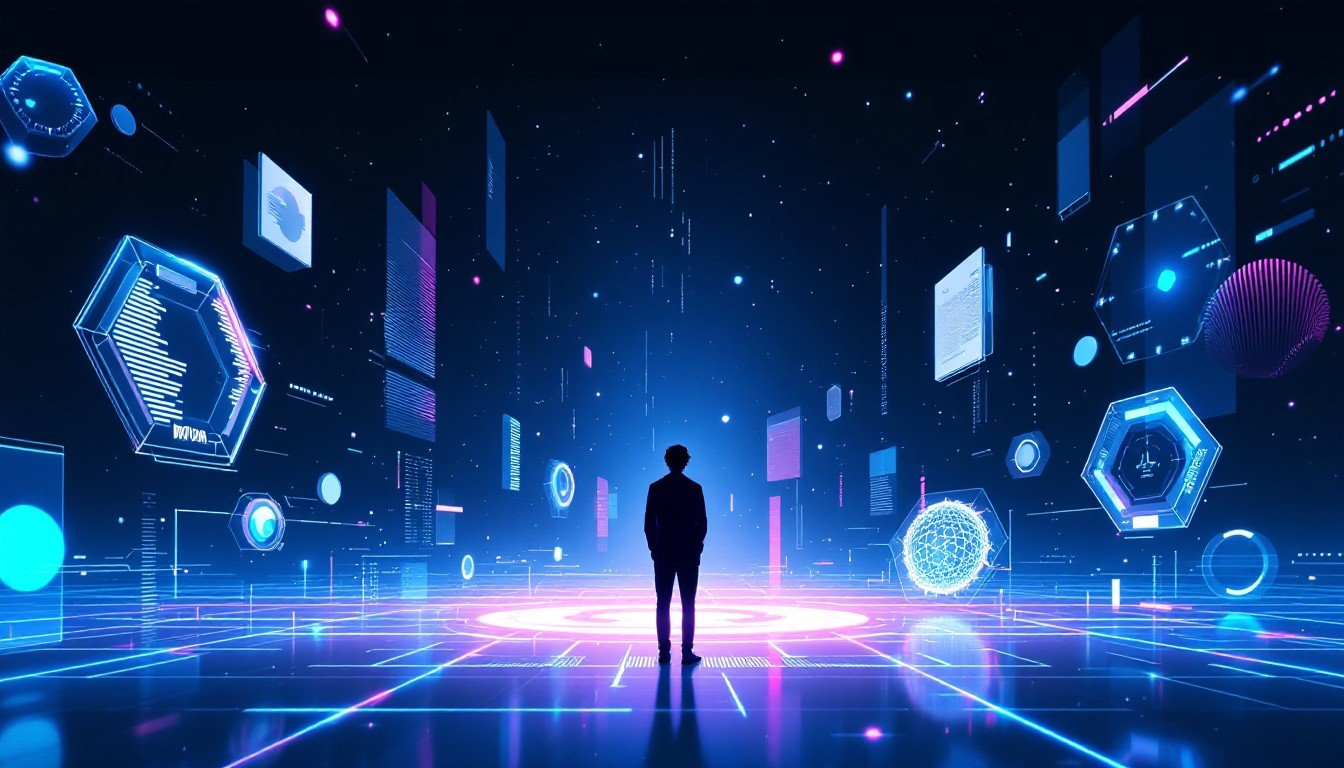
Such designers also need a grasp of player and consumer psychology, world building, and blockchain technology to design ecosystems that foster community, player retention, and a balanced, self-regulating economy.
| Feature | Description |
|---|---|
| Core Role | Designs immersive virtual worlds for gameplay, socializing, and trading. |
| Creativity Level | Very High – world-building and storytelling focus. |
| Technical Skills | 3D modeling, environment design, blockchain integration. |
| Collaboration | Works with artists, developers, and economy planners. |
| Goal | Create engaging spaces that connect gameplay with community interaction. |
5.Game Economy Analyst
A Game Economy Analyst evaluates the business aspects of the game by studying the in-game economy and ensuring that it is well balanced for system stability and fairness as well as fun for the players.
They identify issues and potential exploits by studying the spending patterns of players, the value of the tokens, and the volume of trading of in-game assets.
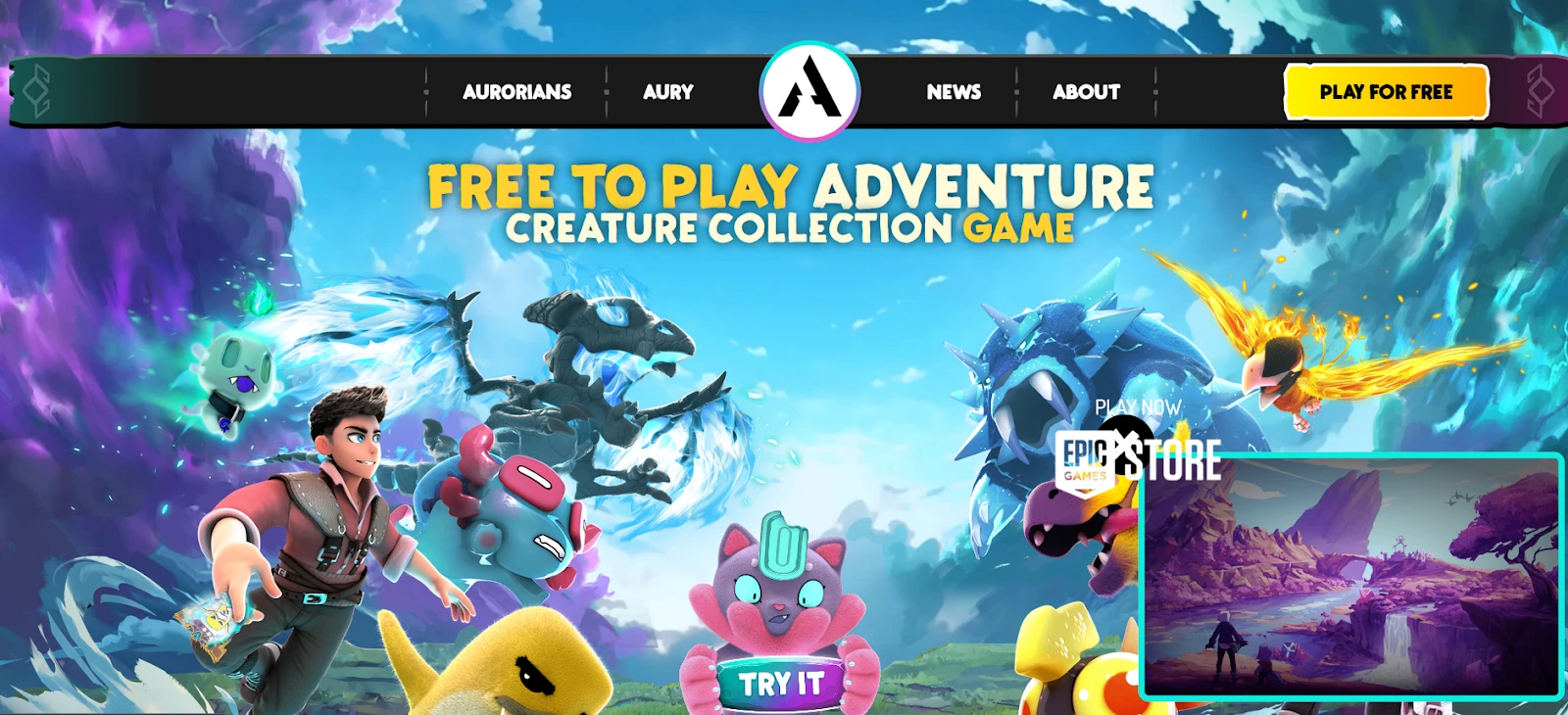
Based on the in-game economy facts, they modify the recommendations in the game including the spending and reward systems, as well as the game and incentive promotion structure.
In addition, they ensure profitability for the game and retention of players. Within the Web3 environment, they have a more complex role since they monitor external factors as well because the in-game assets are often traded and have a value outside the game.
| Feature | Description |
|---|---|
| Core Role | Monitors and optimizes in-game economic health. |
| Creativity Level | Medium – data interpretation and solution planning. |
| Technical Skills | Data analytics, market research, blockchain economy tracking. |
| Collaboration | Works with tokenomics designers and developers. |
| Goal | Ensure game economies remain fair, profitable, and sustainable. |
6.Smart Contract Developer (Game-Focused)
A Smart Contract Developer creates and executes smart contracts that enable the play-to-earn features of games on the blockchain, ensuring they are safe and secure. They are responsible for NFT minting, token payments, staking, and rewards for the tokens.
Due to the nature of the game, these contracts need to be safe since the lack of security within the game can bring hacks or losses.
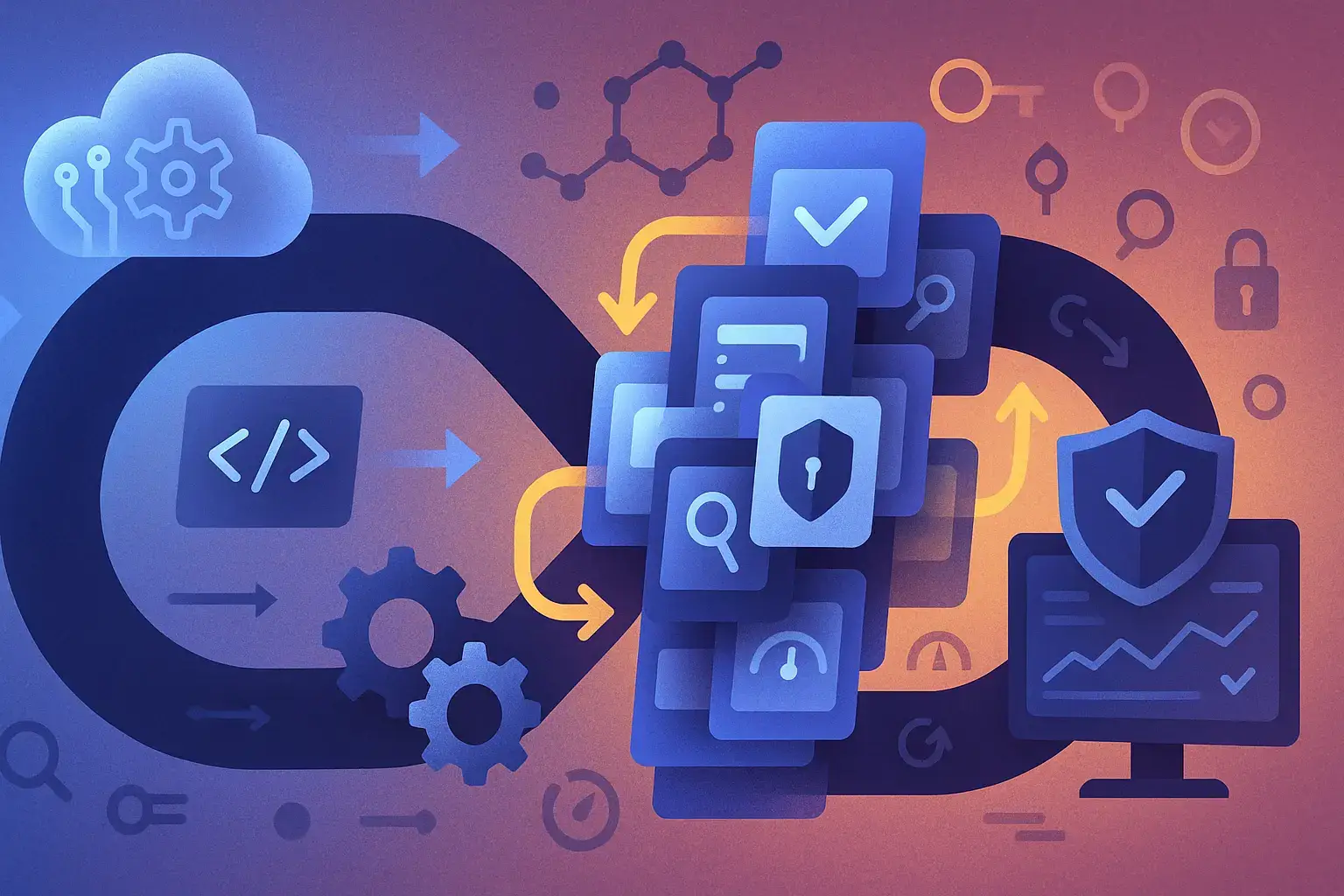
Game smart contract developers coordinate with game designers and game economists to ensure that the interplay between the game and the blockchain is seamless. They need to be familiar with Solidity or its equivalent and be good at writing contracts that perform faster and cheaper.
| Feature | Description |
|---|---|
| Core Role | Develops blockchain smart contracts for game features and rewards. |
| Creativity Level | Low to Medium – more technical precision than artistic. |
| Technical Skills | Solidity, Rust, blockchain security practices. |
| Collaboration | Works with designers, tokenomics experts, and analysts. |
| Goal | Securely automate game economy and reward systems. |
7.UX/UI Designer for Web3 Games
A UX/UI Web3 game designer specializes in crafting game interfaces for effortless interaction. They address the challenges posed by intricate elements like wallets, NFT marketplaces, and token exchanges, ensuring the interface is aesthetically pleasing and effortless to navigate.
Aspiring Web3 designers sculpt wireframes, prototypes, and finalize designs, striking the perfect balance between art and functionality.
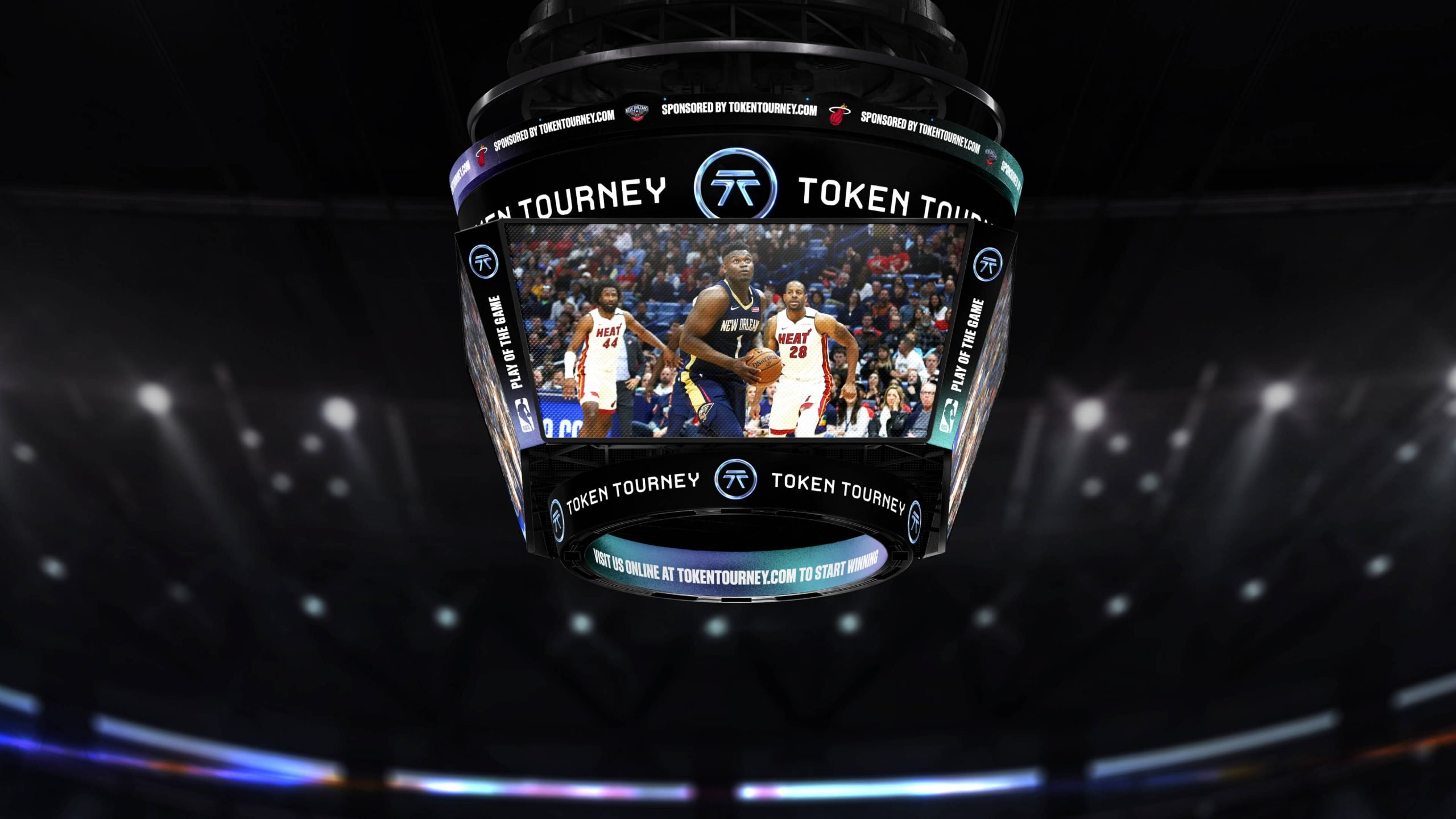
They also focus on complicated blockchain transactions dealing with wallets and NFT marketplaces, easing mainstream adoption, and smoothing onboarding and transaction friction.
| Feature | Description |
|---|---|
| Core Role | Designs intuitive interfaces for blockchain-based gaming. |
| Creativity Level | High – mix of aesthetic design and usability focus. |
| Technical Skills | Figma, Adobe XD, UX testing, blockchain UI flows. |
| Collaboration | Works with developers and marketing teams. |
| Goal | Make Web3 games easy and attractive for all players. |
8.Virtual Real Estate Designer
A Virtual Real Estate Designer devises and maintains in-game land systems complete with ownership policies, construction rules, and monetization strategies. They associate blockchain to design virtual plots, allowing users to buy, sell and rent the virtual land.

This multidisciplinary profession merges spatial design, creativity, and knowledge of virtual economies. Within the play-to-earn model, they also devise and land scarcity, zoning, and gameplay-based advantages tied to land ownership to foster value increases and community interaction.
| Feature | Description |
|---|---|
| Core Role | Creates and manages in-game land and property systems. |
| Creativity Level | High – combines visual creativity with economy planning. |
| Technical Skills | 3D modeling, land ownership logic, blockchain land registry. |
| Collaboration | Works with metaverse designers and economy planners. |
| Goal | Build profitable, interactive virtual real estate ecosystems. |
9.Community & Guild Manager
A Community & Guild Manager actively encourages player involvement by overseeing in-game guilds, managing events, and steering communication on Discord, Telegram, and Twitter. In Web3 P2E games, they are instrumental in player onboarding, detailing token mechanics, and running high-stakes competitive tournaments.
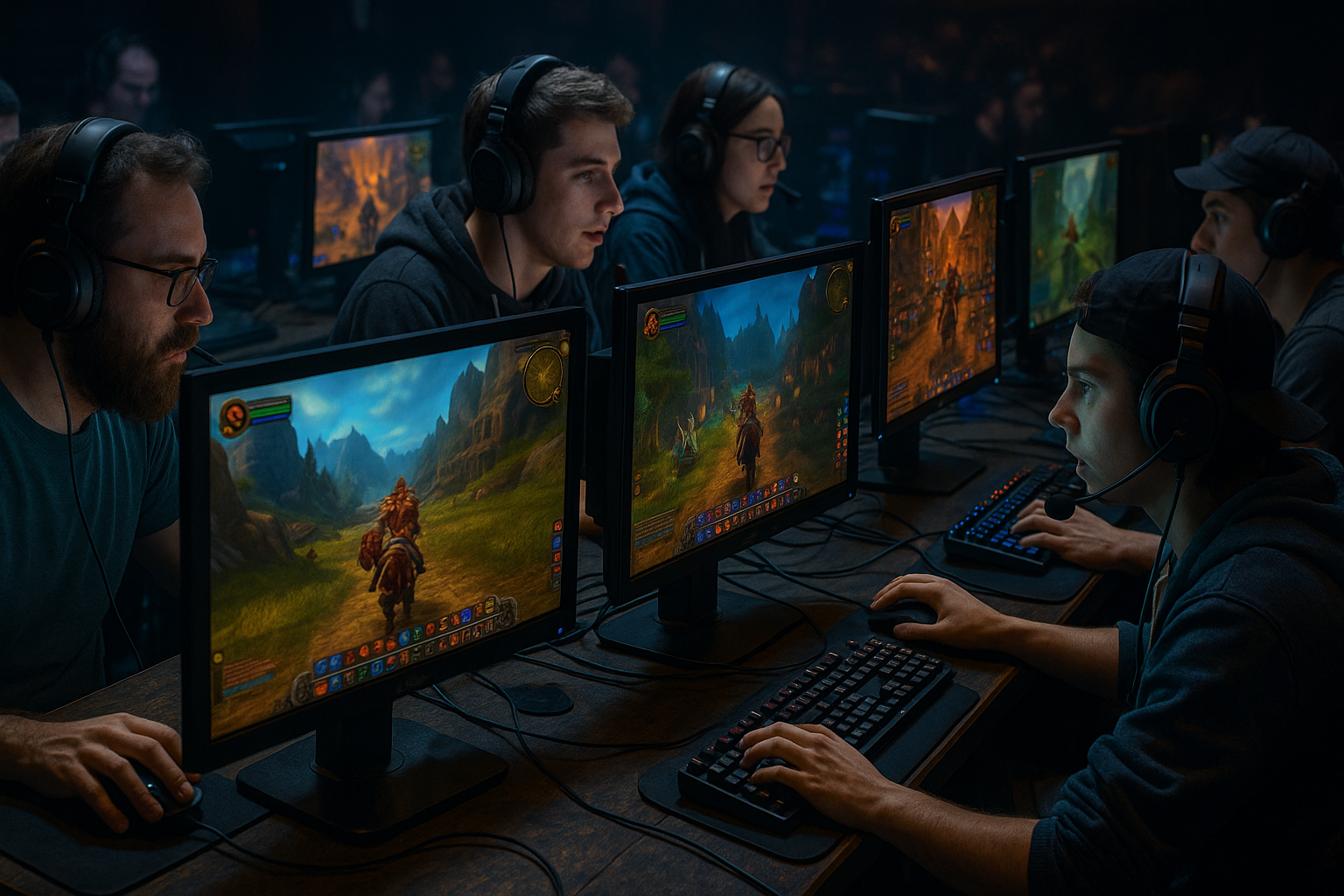
They balance the communication channels for the developers and the player community, collecting and implementing suggestions in-game enhancements. Effective managers are able to market, mediate disputes, and execute community retention activities.
| Feature | Description |
|---|---|
| Core Role | Builds and manages player communities and guild systems. |
| Creativity Level | Medium – event planning and community growth strategies. |
| Technical Skills | Social media management, conflict resolution, marketing. |
| Collaboration | Works with marketing, developers, and event planners. |
| Goal | Keep players engaged, loyal, and active in the ecosystem. |
10.Game Narrative Writer (Web3)
A Game Narrative Writer for Web3 designs elaborate storylines and lore to accompany games and grants blockchain-based assets and rewards. They need to strike a balance between an interesting story and mechanics supporting player progression as well as asset accumulation.
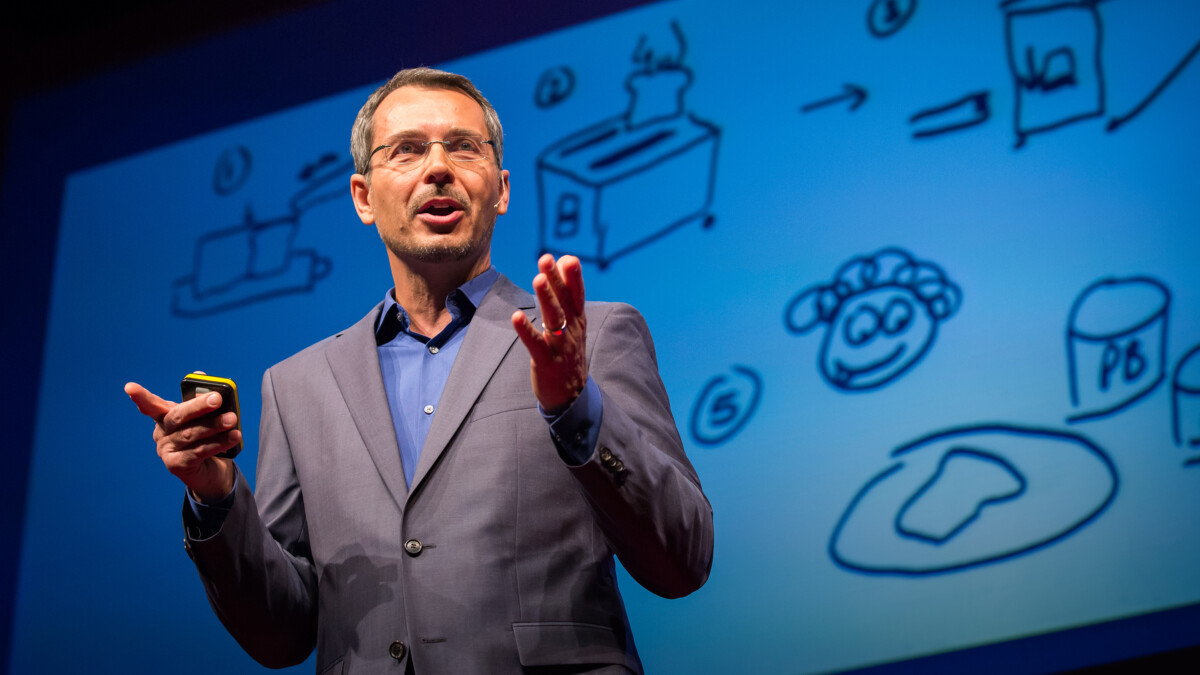
In a P2E ecosystem, storytelling helps increase retention by providing context for in-game NFTs and currencies. They work with the designers and artists to produce lore consistent with the world while crafting responsive events that change based on player actions and blockchain events.
| Feature | Description |
|---|---|
| Core Role | Writes stories, quests, and lore integrated with blockchain rewards. |
| Creativity Level | Very High – storytelling and world-building skills essential. |
| Technical Skills | Creative writing, game scripting, understanding blockchain incentives. |
| Collaboration | Works with designers, artists, and gameplay developers. |
| Goal | Create immersive storylines that enhance player motivation and retention. |
Conclsuion
In conclusion, the most remarkable Web3 play-to-earn game design professions integrate creativity, technology, and blockchain to design the future of gaming.
These positions allow the creation of captivating and interactive virtual environments while also developing robust ecosystems, empowering players with genuine ownership and benefits of their engagement.
As Web3 develops, it will be active and adept professionals in such positions, qualified to shape enticing, monetizable, and participatory gaming for global players in a Web3 context.
FAQ
A career that combines gaming design with blockchain technology, NFTs, and token-based economies.
Blockchain basics, game design principles, tokenomics, creativity, and data analysis.
Yes, skilled professionals can earn competitive salaries, especially in blockchain development and tokenomics.




